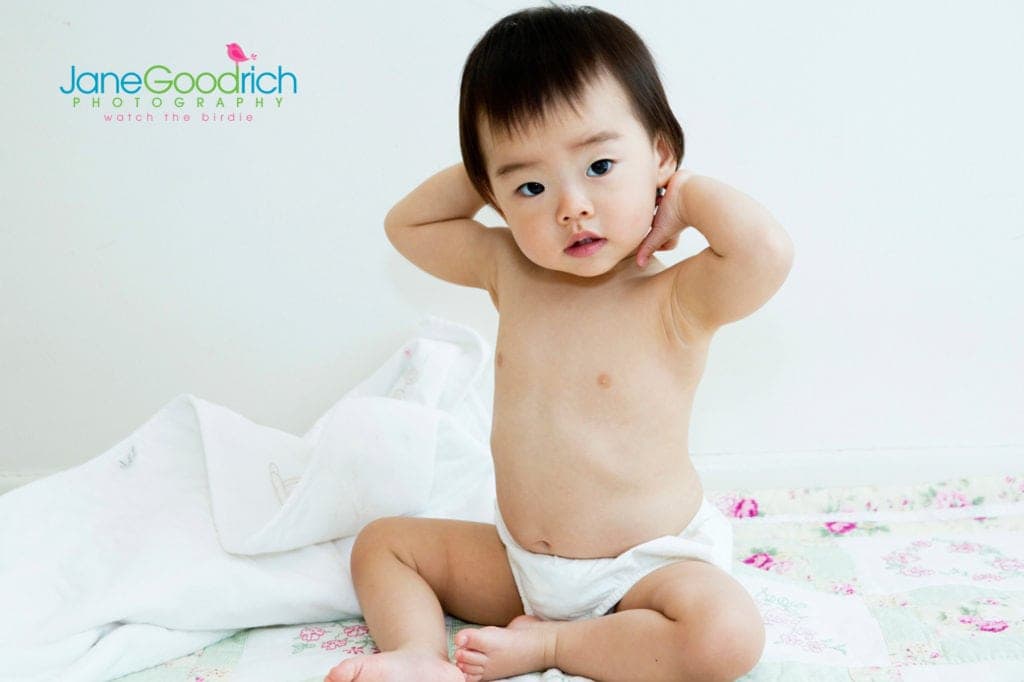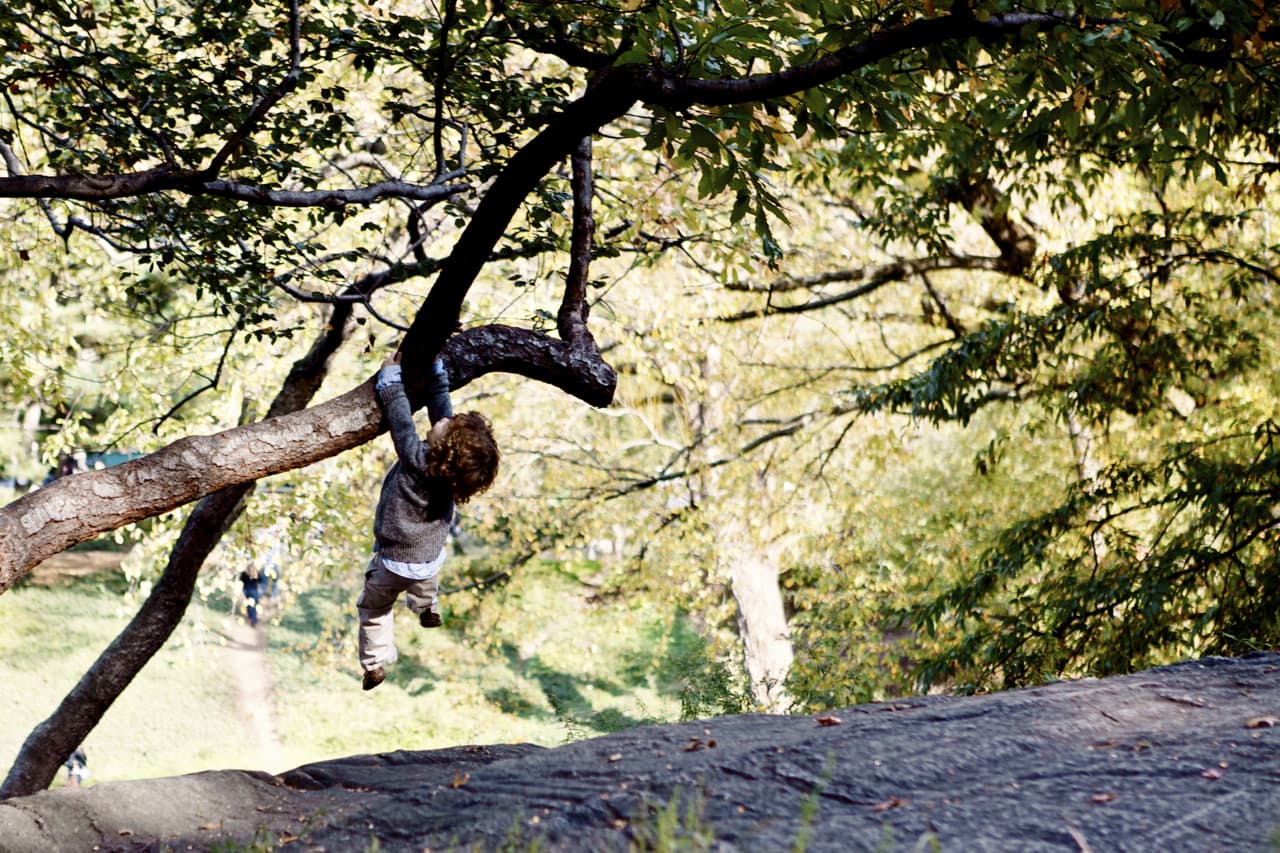5 COMMON CHILD PHOTOGRAPHY MISTAKES AND HOW TO PREVENT THEM
June 8, 2016
 We’ve all had a few photography boo-boo’s in our days – from leaving batteries in the charger to forgetting to take off the lens cap. So what can you do to prevent common child photography mixtakes? Here are a few common mishaps and easy fixes:
We’ve all had a few photography boo-boo’s in our days – from leaving batteries in the charger to forgetting to take off the lens cap. So what can you do to prevent common child photography mixtakes? Here are a few common mishaps and easy fixes:
Child Photography Mistake #1: I forgot my…
Always have a list of your vital equipment inside of your camera bag and check this list before you head out the door. If your camera equipment doesn’t all live in the same place in your home, it should. The last thing you want is to have to run around your home searching for your external flash – which ended up in the top shelf of a closet somewhere. For things like memory cards and batteries it’s always a good idea to have spares, sometimes more than one, just in case.
Child Photography Mistake #2: Excessive Noise
I was taking photos in a dark environment, and there’s so much noise in the image!
Noise is a common issue when photographing in low light, particularly if you let your camera control the ISO sensitivity (higher ISO = more noise). Keep an eye on your ISO, if it goes too high (this will depend entirely on your camera – some are better at higher ISOs than others) you may want to make adjustments, such as a slower shutter speed, larger aperture, adding more light, or using flash (if necessary). Also consider shooting in RAW rather than JPEG – it will give you more flexibility when you get to the editing process.
Child Photography Mistake #3: Demon Eyes
Whenever I use flash my subjects have red eye!
Red eye is caused by the light from your flash reflecting off the retinas of your subject, and can be fixed in a few ways. For example, you could have your subject look slightly off-camera, rather than directly into the lens. You can also invest in a flash diffuser to soften the light coming from the camera, or use an off-camera flash.You can see if your camera has a red-eye reduction setting. Best idea yet – don’t use flash unless you absolutely have to!
If all else fails, most photo editing programs can remove red eye fairly effectively.

Child Photography Mistake #4: Orange/Yellow/Blue Face
Many of my photos have a funny color cast, how do I fix this?
White balance is something your camera does to make things look their normal color (whereas our eyes do this automatically so we never notice it). However, it doesn’t always do the best job. Carry a set of white/grey cards and learn how to set a custom white balance (it’s easy). Just take a shot including your white/grey cards, then choose this as your custom white balance setting from your camera’s menu. Don’t forget to do this anytime you change locations or when the time of day is different, or at the very least turn your camera back to auto white balance mode.
Child Photography Mistake #5: Consistent Under/Overexposure
Your camera comes with an internal exposure measurement system that looks at the image you are about to make, conducts a few calculations, and decides how to make a ‘correct’ exposure. Unfortunately, it’s not always right. Learn how to manually adjust the exposure on your camera to make images darker or lighter – it will be a lifesaver! This is particularly useful when you are working with situations where there is a large range in lighting in your image, such as shooting into the sun.
Are there any common child photography problems you would like to share? Let’s here them!